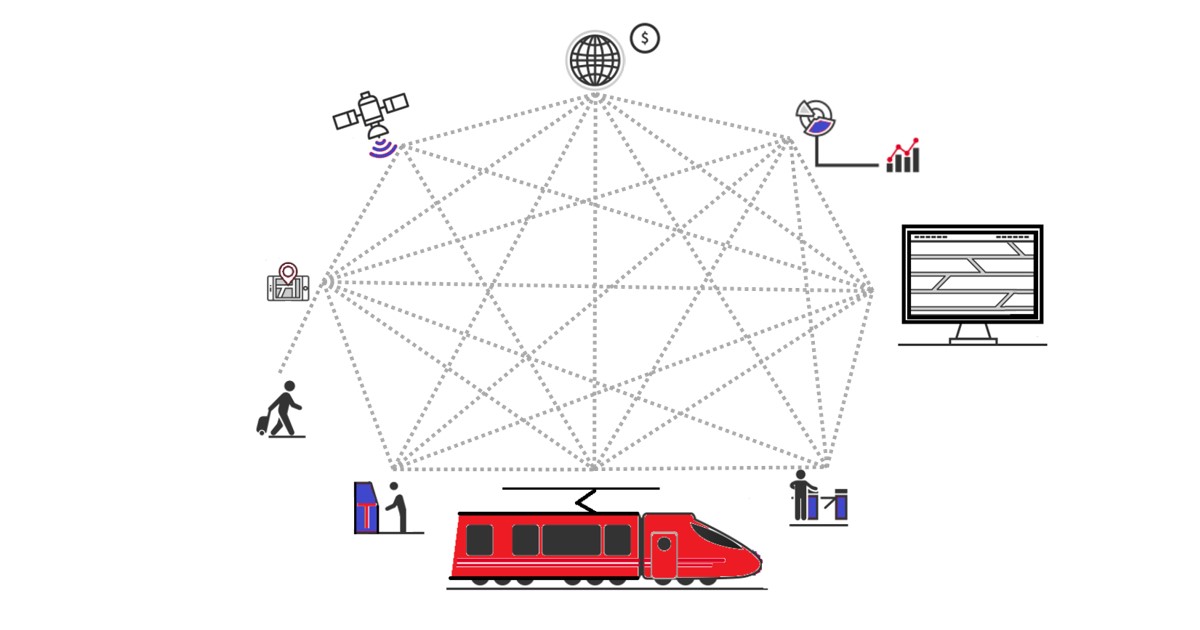Application of Intelligent Transportation Systems in Railway: 2nd Edition
A special issue of Applied Sciences (ISSN 2076-3417). This special issue belongs to the section "Transportation and Future Mobility".
Deadline for manuscript submissions: 30 July 2024 | Viewed by 2889

Special Issue Editors
Interests: service intention in railways; stability and robustness in rail operation; periodic timetables; maintenance plans in rail operation; simulation of rail systems
Special Issues, Collections and Topics in MDPI journals
Interests: public transport design and operation; rail traffic management; train operation optimization; energy efficiency and public transport systems
Special Issues, Collections and Topics in MDPI journals
Special Issue Information
Dear Colleagues,
We are inviting submissions to a second Special Issue of Applied Sciences on the subject of “Application of Intelligent Transportation Systems in Railway”.
ITSs are defined as those systems that integrate different technologies in a synergetic way and follow systems engineering concepts to develop and improve transportation systems. In this field, the number of ITS solutions specifically developed for railway applications is increasing due to the incredible challenges that rail systems are facing to keep supporting the productivity of our society in a sustainable way. In this context, this Special Issue welcomes papers on current and future applications of ITSs in railway systems to make rail systems safer and smarter, to provide intelligent and friendly service to passengers and goods, and to optimize the operations and control of rail systems while guaranteeing high-standard efficiency.
We are seeking contributions addressing topics including (but not limited to):
- Infrastructure (e.g., planning, construction, maintenance, power supply systems, communication systems, signaling systems);
- Rail traffic management (e.g., capacity assessment, line planning, timetabling, traffic control, train operation, energy efficiency, crew scheduling);
- Vehicle (e.g., ATO systems, light materials/new wagon concepts, onboard batteries, energy-saving speed profiles, virtual coupling);
- Rail freight (e.g., planning, operation, new rail freight vehicle concepts, optimal vehicle composition and wagons disposition, urban rail freight);
- Information from/to customers (e.g., smart card data, mobile apps, disruption management).
Other contributions pertaining the role of ITSs in railways are more than welcome.
The main aim of this Special Issue is to publish papers which present strategies to reduce the gap between practical demand and academic supply; therefore, papers based on the activities of research projects with academic/industrial partnerships are very welcome.
We look forward to receiving your contributions.
Prof. Dr. Raimond Matthias Wüst
Dr. Valerio De Martinis
Guest Editors
Manuscript Submission Information
Manuscripts should be submitted online at www.mdpi.com by registering and logging in to this website. Once you are registered, click here to go to the submission form. Manuscripts can be submitted until the deadline. All submissions that pass pre-check are peer-reviewed. Accepted papers will be published continuously in the journal (as soon as accepted) and will be listed together on the special issue website. Research articles, review articles as well as short communications are invited. For planned papers, a title and short abstract (about 100 words) can be sent to the Editorial Office for announcement on this website.
Submitted manuscripts should not have been published previously, nor be under consideration for publication elsewhere (except conference proceedings papers). All manuscripts are thoroughly refereed through a single-blind peer-review process. A guide for authors and other relevant information for submission of manuscripts is available on the Instructions for Authors page. Applied Sciences is an international peer-reviewed open access semimonthly journal published by MDPI.
Please visit the Instructions for Authors page before submitting a manuscript. The Article Processing Charge (APC) for publication in this open access journal is 2400 CHF (Swiss Francs). Submitted papers should be well formatted and use good English. Authors may use MDPI's English editing service prior to publication or during author revisions.






